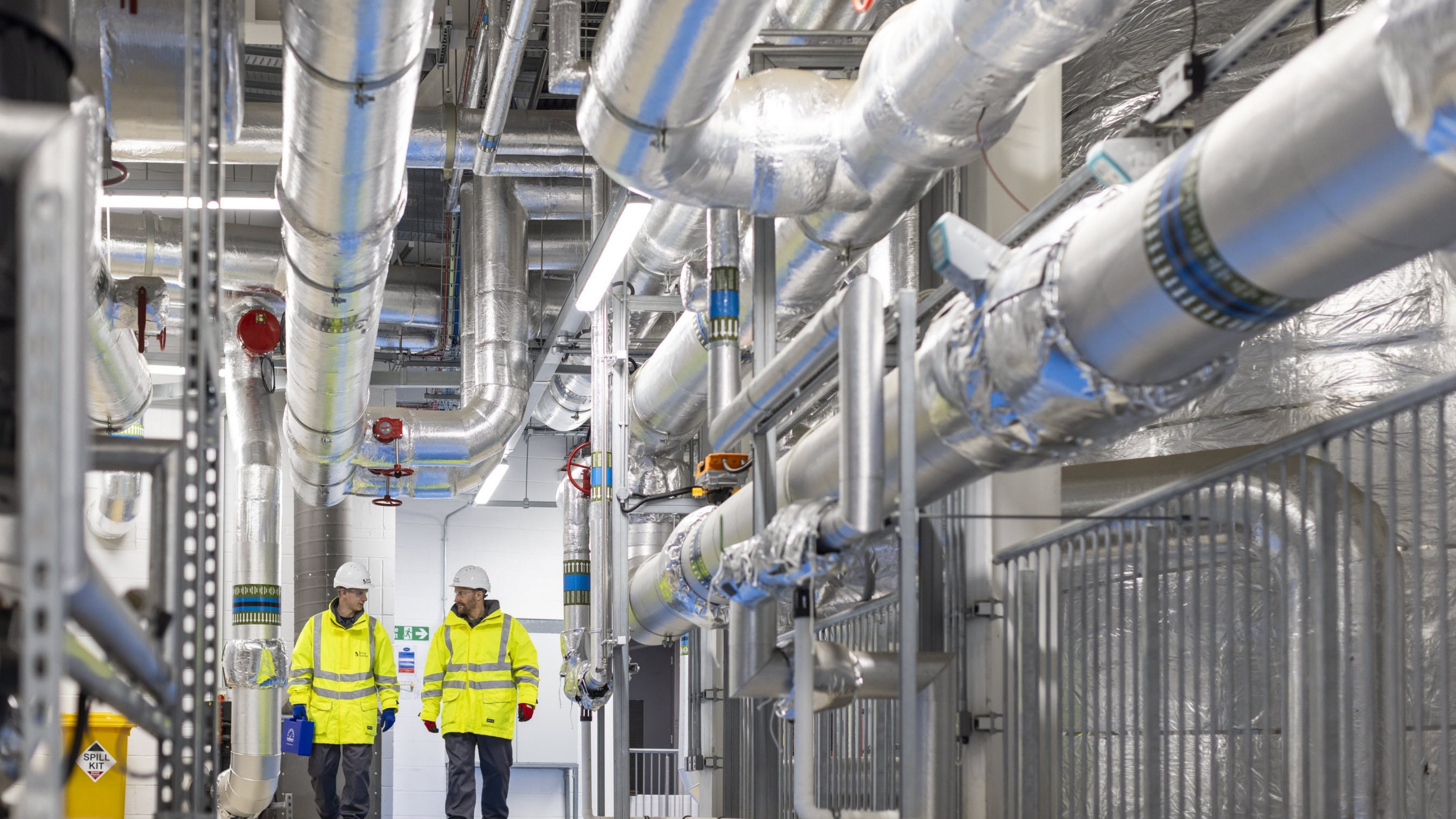The self-storage sector presents a compelling investment opportunity, even in today’s growing macroeconomic headwinds. An active strategy can generate attractive income returns despite these evolving challenges.
As the year has progressed, the economic outlook has weakened significantly. Inflation and interest rate expectations have risen as GDP growth slows. This worsening outlook has undoubtedly dampened investor sentiment and caused portfolio managers to reassess their strategies. Although pockets of opportunity in traditional commercial property remain, a more resilient outlook for the alternatives sector has become a key focus for those seeking to diversify and capture growth. Within this sector, self-storage is attracting investors given the strength of its underlying market fundamentals.
Evolving business practices support demand
Self-storage is expected to benefit from structural changes within the retail market. Consumers are increasingly favouring smaller local or independent retailers as social media and e-payment technology provides a platform for small- to medium-sized businesses to sell goods online and support growth with minimal fees. Self-storage provides a solution for these operators to store inventory close to consumers, and on more flexible terms, than traditional industrial units. This is also reflected in user statistics, which show that 63% of businesses in the UK using self-storage have fewer than 3 employees, and 84% have fewer than 10.
Size of businesses using self-storage in the UK: number of employees


Self-storage provides a solution for SMEs on more flexible terms than traditional real estate
Demand from domestic users is also increasing in response to residential sector trends, including smaller home sizes and growth in rental models. Around half of domestic users report that they use self-storage due to a lack of space in their homes. As interest rates rise and housing costs increase, it is likely that fewer households will be able to upsize, supporting further growth from these users over the short term.
Increasing lack of choice
At the same time, choice for users is dwindling. Occupancy rates have been rising steadily, reaching 83.3% in 2021, the highest level since the Self-Storage Association began collecting data in 2004. In addition, the UK remains fundamentally undersupplied. The USA is a more mature market and provides some 9.44 sq ft of self-storage space per capita, compared to 0.73 sq ft in the UK, which suggests there is significant capacity for future expansion. The opportunity is evesln more pronounced in continental Europe, where there is just 0.21 sq ft of self-storage space per capita.
Storage space per capita


The UK and Europe are fundamentally undersupplied relative to more mature markets
As the sector benefits from an ability to increase rental rates at will, rather than being limited to a lease expiry or lease review, the current operator-favourable conditions of supply and demand point to strong potential for income growth in the short term, which may act as an inflation hedge. At the same time, the granularity of income offers additional resilience against a weakening economic backdrop.
Sustainable benefits
The sector is also ESG-friendly. Assets use little power and their large, flat roofs tend to be well suited for photovoltaic panels. Consequently, it should be possible to generate excess power and achieve operational net zero carbon. The inclusion of EV charging points is also important to support the transition to electric vehicles.
Managing operational risk
The primary risk is operational, as self-storage facilities tend to be managed assets rather than leased, so investments can be management intensive. It is also critical to get the rental rates correct, particularly when considering increases. Paying close attention to occupancy trends can present an opportunity to maximise rental growth by adapting the site configuration towards unit sizes that see the greatest demand.
The supply-demand imbalance is favourable to investment, but the squeeze on households’ discretionary income and cost pressures on businesses mean overly aggressive increases could be met with a sharp drop in occupancy. Strong branding and digital strategy should also be key considerations in the business plan, as self-storage facilities are heavily reliant on Google to drive revenues. A survey by the Self-Storage Association, for instance, found that 73% of respondents in the UK would use the internet to find self-storage space.
This operational risk demands a strong management team to maintain occupancy. However, with this in place, the underlying supply and demand fundamentals mean the sector offers a compelling opportunity for investing in commercial property with confidence over the long term.
Find out more about the asset classes in which Swiss Life Asset Managers is invested.




